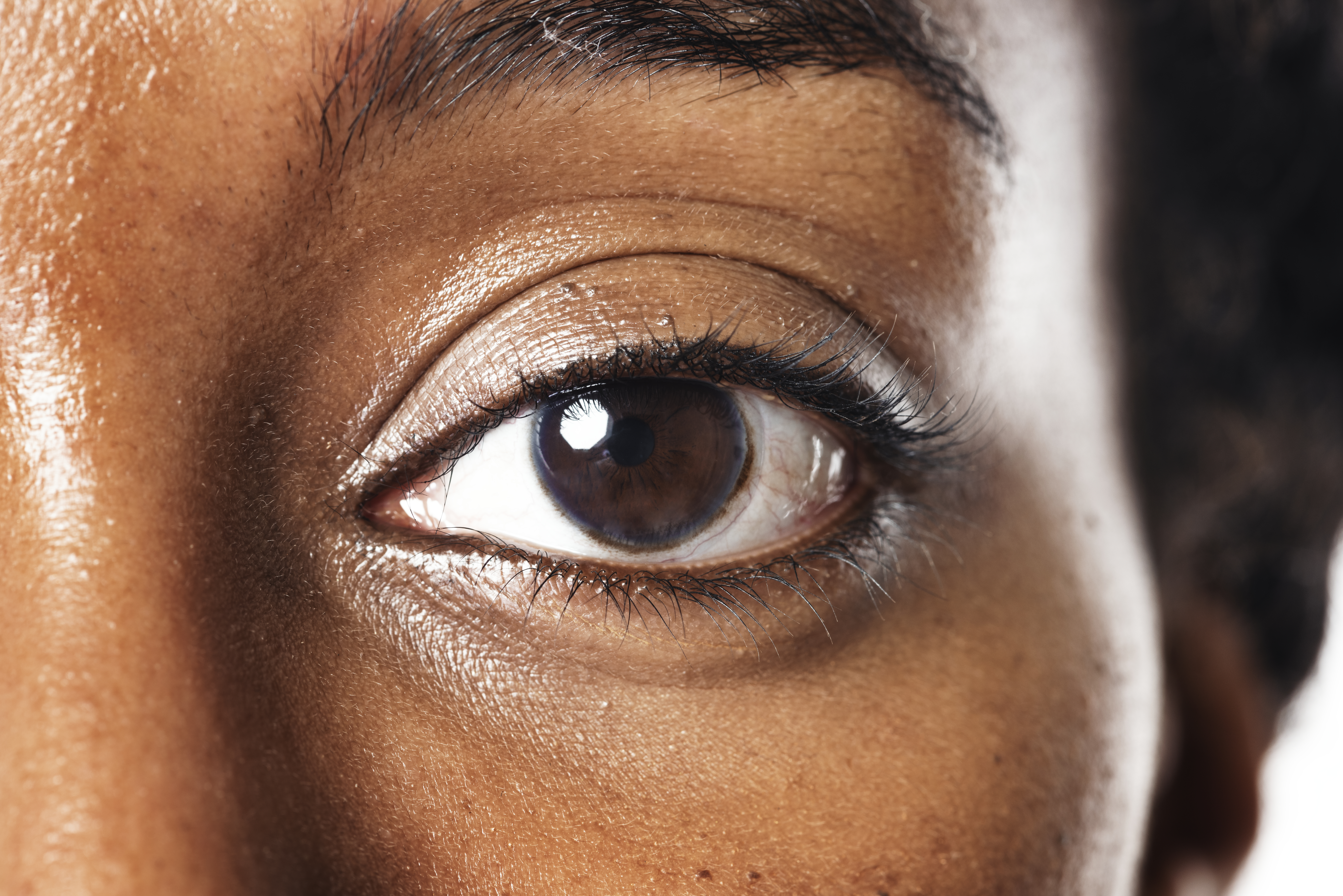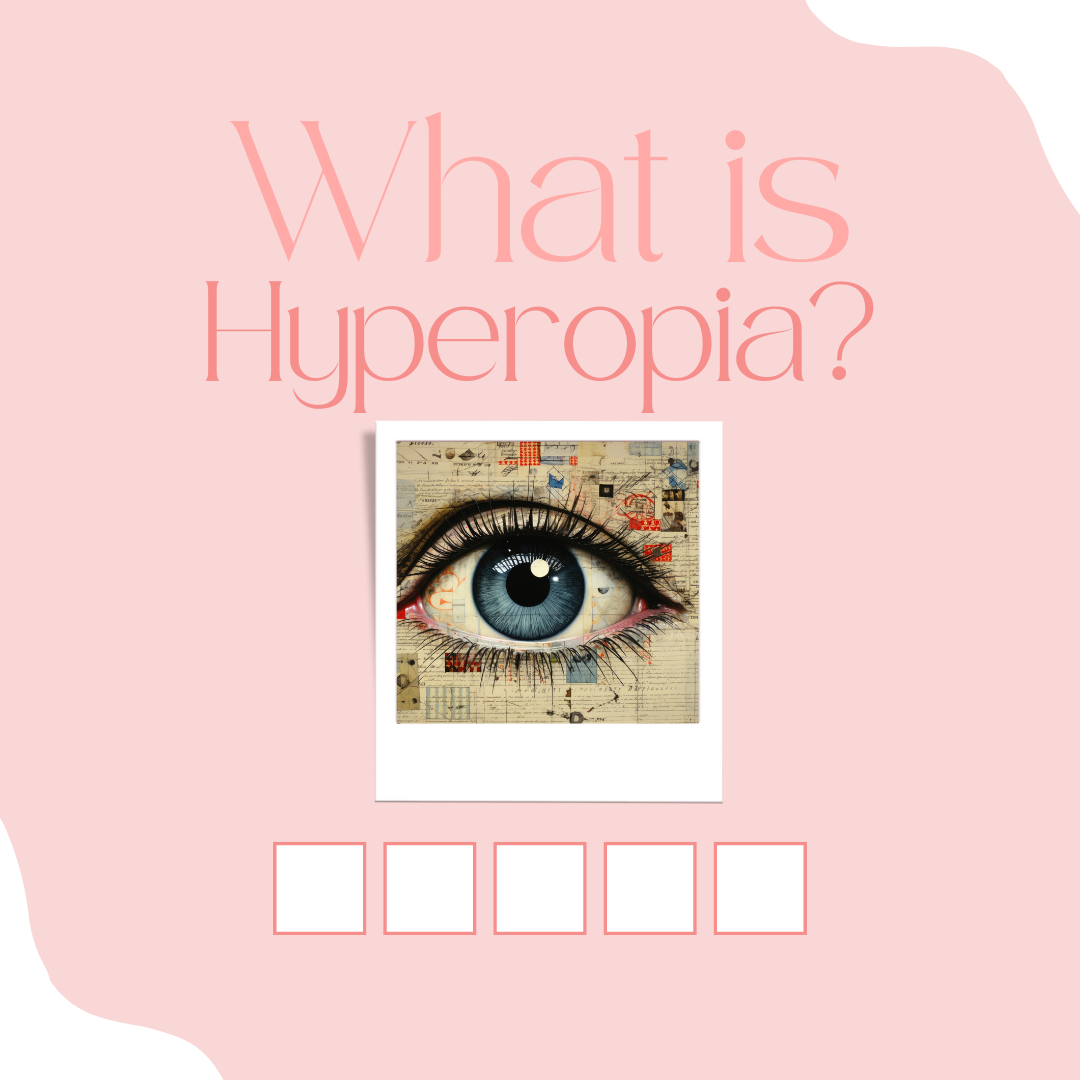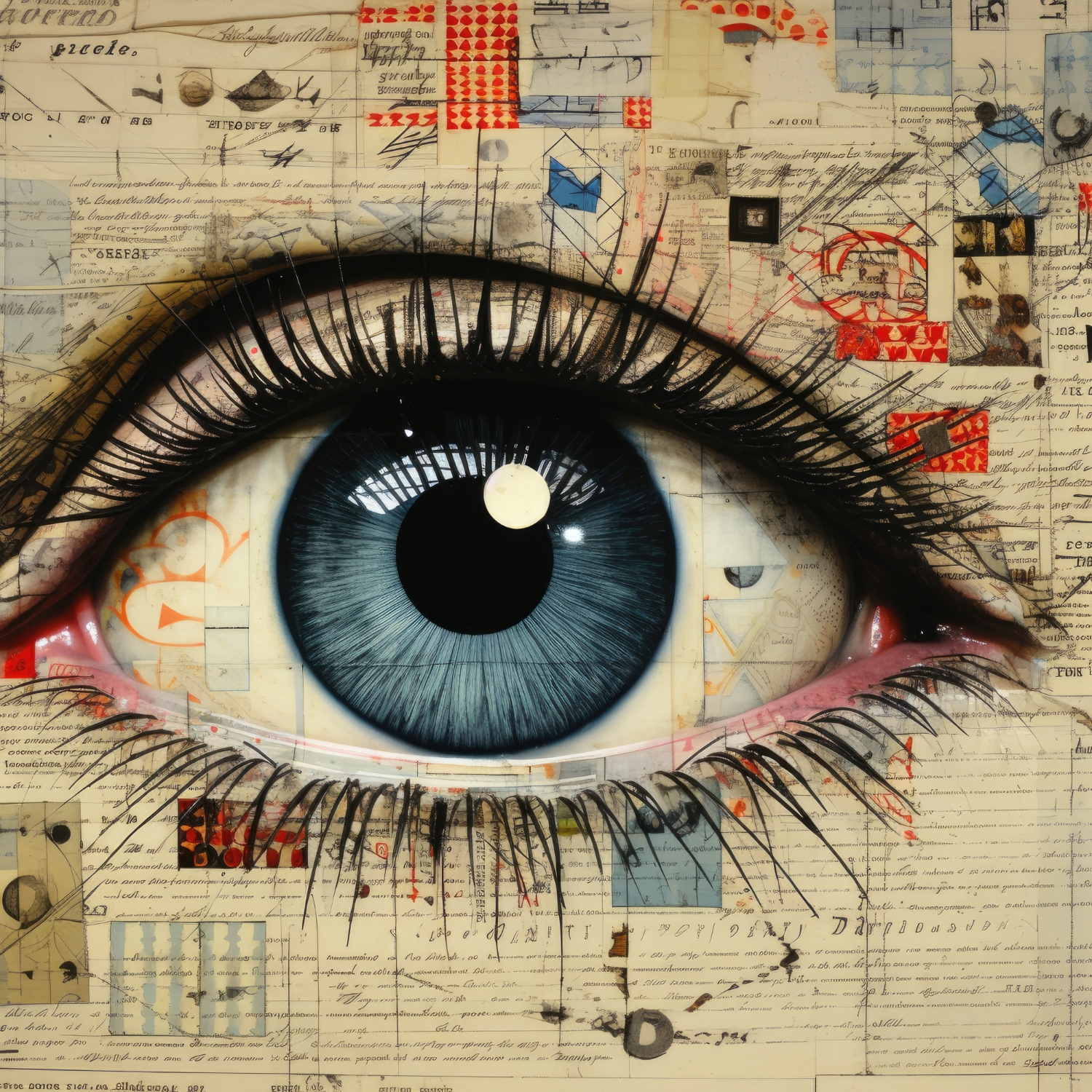Refractive Errors: Everything To Know

Have you ever pondered the reasons behind the clarity or lack thereof in your vision through both eyes?Did you know that globally, the prevalence of refractive error is 12%, and visual impairment due to refractive error is 2.1%?
In this comprehensive article, we'll unravel the mysteries surrounding refractive errors, providing you with all the essential knowledge you need to understand this fascinating aspect of vision.
Table of Contents
- What is Refractive Errors?
- How Common Are Refractive Errors?
- How are refractive errors measured?
- Common Types of Refractive Errors
- Refractive Errors Signs & Symptoms
- Causes of Refractive Error
- Risk Factors of Refractive Error
- How can refractive errors be prevented?
- Diagnosis of Refractive Error
- Treatment Of Refractive Error
- Coping and Support for People living with Refractive Errors
- Complications of Refractive Errors
- Bottom Line
For sharp vision, the cornea and lens in your eye work together to bend light rays, ensuring they converge precisely on the retina. This thin layer of light-sensitive cells at the back of your eye transforms these rays into signals, which are then transmitted to the brain and interpreted as clear images. When light rays fail to focus on the retina, the result is blurry vision, hindering your ability to see things distinctly.
What is Refractive Errors?
Refractive errors manifest as vision disturbances caused by irregularities in the eye's shape, leading to a failure in light convergence on the retina and subsequently blurring the vision.
According to our research they stand as the primary reason behind global vision impairments. These errors encompass myopia (short-sightedness), hyperopia (long-sightedness), astigmatism, and presbyopia, collectively affecting the clarity of vision worldwide.
How Common Are Refractive Errors?
Around the world, over 2.3 billion people grapple with poor vision because of refractive errors, affecting their daily lives in various ways. Shockingly, an estimated 13 million children between the ages of 5 and 15 struggle with impaired vision due to untreated refractive errors. These statistics underscore the importance of access to proper eye care and the significance of early detection and intervention to ensure optimal vision for everyone.
How are refractive errors measured?
Refractive errors can make it harder to see your environment clearly, especially when it comes to fine details in your central vision. Doctors use different methods to measure this, both with your feedback and without.
When we ask for your response, it's called subjective testing. You might recognize this as reading letters or numbers on a chart from a distance or up close. But not everyone can do these tests, so sometimes we use other methods.
Objective tests don't rely on your responses. Instead, we measure your eye's refractive error directly. One way we do this is with a machine called an autorefractor, which gives precise measurements without needing your response. Another method involves using a handheld device called a retinoscope along with different lenses to figure out your refractive error.
So whether you're reading lines on a chart or letting a machine do the work, these tests help your eye doctor get the information they need to keep your vision in check.
Common Types of Refractive Errors
Think of your eyes like special cameras that take pictures of everything around you. Sometimes these cameras can get a little mixed up, and things might not look clear.
Let's talk about four common ways this can happen:
- Myopia (Nearsightedness): This is when faraway things seem blurry. It's like trying to see the board at school or street signs when you're in the car.
- Hyperopia (Farsightedness): With this, both nearby and faraway things can be fuzzy. It's like everything's a bit out of focus.
- Astigmatism: Imagine if your camera lens had a dent in it. That's what astigmatism is like. Things might look stretched or blurry because the light doesn't hit your eye evenly.
- Presbyopia: As you get older, sometimes it's hard to see things up close, like when you're reading. It's like your camera lens doesn't want to focus on small stuff anymore.
But don't worry! There are special glasses, contact lenses, or procedures that can help make everything clear again, so you can keep on enjoying the world around you!
Also Read Astigmatism: Details You Need to Know
Refractive Errors Signs & Symptoms
The signs of refractive errors can differ from person to person. You might experience one or more of these symptoms:
- Blurred vision: Things may appear fuzzy either when looking at objects far away or up close.
- Fatigue: Your eyes might feel tired, especially after focusing on something for a while.
- Headaches: You may experience headaches, particularly after tasks that require a lot of visual effort.
- Difficulty concentrating: You might find it hard to stay focused, especially when trying to read or work on tasks that demand visual attention.
These symptoms can vary in intensity and may come and go, but if you notice any changes in your vision or experience discomfort, it's essential to get your eyes checked by a professional.
Causes of Refractive Error
Refractive errors happen when your eye struggles to focus images sharply on the back of your eye, known as the retina. These issues often start during childhood but can affect people of any age. If refractive errors run in your family or if you're exposed to certain environmental factors, your risk of developing them may increase.
There are different causes of refractive errors:
- Astigmatism occurs when your eye's cornea or lens is curved more in one direction, making the image focus unevenly.
- Long-sightedness happens when the image focuses behind the retina because your cornea is flatter than normal or your eye is shorter from front to back.
- Presbyopia occurs as you age when the lens becomes less flexible, making it difficult to see in dim light and focus on close objects.
- Short-sightedness results when the cornea is too curved or the eyeball is longer than usual, causing the image to focus in front of the retina.
Risk Factors of Refractive Error
Refractive errors can happen to anyone, but your chances increase if others in your family wear glasses or contacts. These errors, such as nearsightedness, often kick in during childhood. Meanwhile, presbyopia tends to affect adults aged 45 and older. So, whether you're a youngster or a grown-up, keeping an eye on your vision is key, especially if glasses run in the family!
How can refractive errors be prevented?
Several factors can influence the development of refractive errors:
- Genetics: Refractive errors tend to run in families, suggesting a genetic component.
- Lifestyle: Recent studies suggest that excessive close-up work and insufficient outdoor time may contribute to certain refractive errors.
- Ethnicity: Certain populations show a higher prevalence of refractive errors, although this is believed to be influenced by lifestyle differences rather than genetics alone.
- Biological Factors: Refractive errors are primarily linked to subtle variations in the eye's shape. While these changes might not be obvious without a close examination, they significantly impact how light focuses on the retina as it travels through the eye.
From my years of practice, I've found that refractive errors are not preventable, but they can certainly be identified through routine eye exams. The good news is that once diagnosed, they can be effectively managed with options like glasses, contact lenses, or refractive surgery. When addressed promptly and by skilled eye-care professionals, refractive errors need not hinder the achievement of optimal visual function. So, staying proactive with eye check-ups can make all the difference in maintaining clear vision for a fulfilling life.
Diagnosis of Refractive Error
Diagnosing refractive errors is usually straightforward. During an eye examination, your optometrist or ophthalmologist will typically have you read from a special chart called a Snellen chart. This chart has large letters at the top and smaller ones below. If you can see all the letters clearly, you're said to have 6/6 vision.
Sometimes, you might have 6/12 vision, which means you can read letters at six meters that a person with normal vision can read from 12 meters away. In simpler terms, people often refer to perfect vision as 20/20, which stems from older measurement systems still in use in some places.
Aside from checking your vision with these charts, your eye healthcare professional will also assess other aspects of your eye health to ensure comprehensive care during your eye test.
Treatment Of Refractive Error
When it comes to fixing vision issues like refractive errors, there are a few tried-and-true methods that can help.
First off, we have glasses. They're like customized windows for your eyes, adjusting how light enters to get everything in focus. Whether you're nearsighted, farsighted, or dealing with astigmatism, glasses can work wonders.
Then, there are contact lenses. They do the same job as glasses but sit directly on your eyeballs. It's like having a tiny, invisible pair of glasses right where you need them.
If you're looking for a more permanent solution, there's laser surgery. This procedure reshapes your cornea, fixing the problem at its root.
For some folks, like those who can't wear glasses or contacts, or who have had cataracts, there are other options, like implantable lenses or artificial lens replacements.
Just remember, keeping up with regular eye check-ups is super important. Your eye doctor can help guide you toward the best option for your eyes.
Also Read : How many children have dyslexia in America
Coping and Support for People living with Refractive Errors
Coping with refractive errors can involve both practical strategies and emotional support. Here are some ways to manage and find support:
- Corrective Measures: Utilize corrective measures such as glasses, contact lenses, or refractive surgery as recommended by your eye care professional to improve vision.
- Regular Eye Exams: Schedule regular eye exams to monitor changes in vision and ensure that corrective measures are up-to-date and effective.
- Educate Yourself: Learn about your specific refractive error and understand its causes, symptoms, and treatment options. Knowledge empowers you to make informed decisions about your eye health.
- Seek Support: Connect with support groups or online communities for individuals with similar refractive errors. Sharing experiences and advice with others facing similar challenges can provide comfort and reassurance.
- Adjust Lifestyle: Make lifestyle adjustments to alleviate symptoms and promote overall eye health. This may include taking regular breaks from close-up work, spending more time outdoors, maintaining a balanced diet, and practicing good eye hygiene.
- Emotional Support: Talk to friends, family, or a mental health professional about any emotional challenges or frustrations you may experience due to your refractive error. Sharing your feelings can help you cope better and feel understood.
- Explore Assistive Technology: Consider using assistive technology or devices designed to enhance vision and improve daily functioning, especially if you have difficulty with tasks like reading or driving.
Complications of Refractive Errors
Refractive errors, when severe, can significantly impact daily life and independence. While total blindness due to these errors is rare, there are potential complications to be aware of:
- Severe Myopia Risks: Extreme nearsightedness (myopia) can lead to serious issues like retinal detachment, cataracts, glaucoma, and macular degeneration. These complications may affect vision quality and necessitate assistance in daily activities.
- Hypermetropia: Children with farsightedness (hypermetropia) may face risks like squint or amblyopia, causing a gradual decline in visual acuity due to insufficient interaction between the brain and the eyes.
- Astigmatism Concerns: While astigmatism is usually stable, in rare cases, it may progress rapidly, possibly leading to keratoconus. This condition involves the cornea becoming conical in shape, resulting in reduced vision.
- Presbyopia Challenges: The age-related condition presbyopia may cause vision loss or reduction, increasing the risk of falls and injuries, especially in elderly individuals. This makes it a particular concern for the older population.
These potential complications emphasizes the importance of regular eye check-ups and proactive management to preserve vision and overall eye health.
Bottom Line
Refractive errors are common vision issues that can affect people of all ages. While they can vary in severity, proper diagnosis and management are crucial for maintaining optimal vision and quality of life. With advancements in technology and treatment options, individuals with refractive errors can effectively manage their condition and lead fulfilling lives.
Regular eye examinations, appropriate corrective measures, and lifestyle adjustments are key in ensuring clear vision and reducing the risk of complications associated with refractive errors. By staying proactive and seeking professional guidance when needed, individuals can navigate the challenges of refractive errors with confidence and ease.
Related: Refractive Error Statistics



